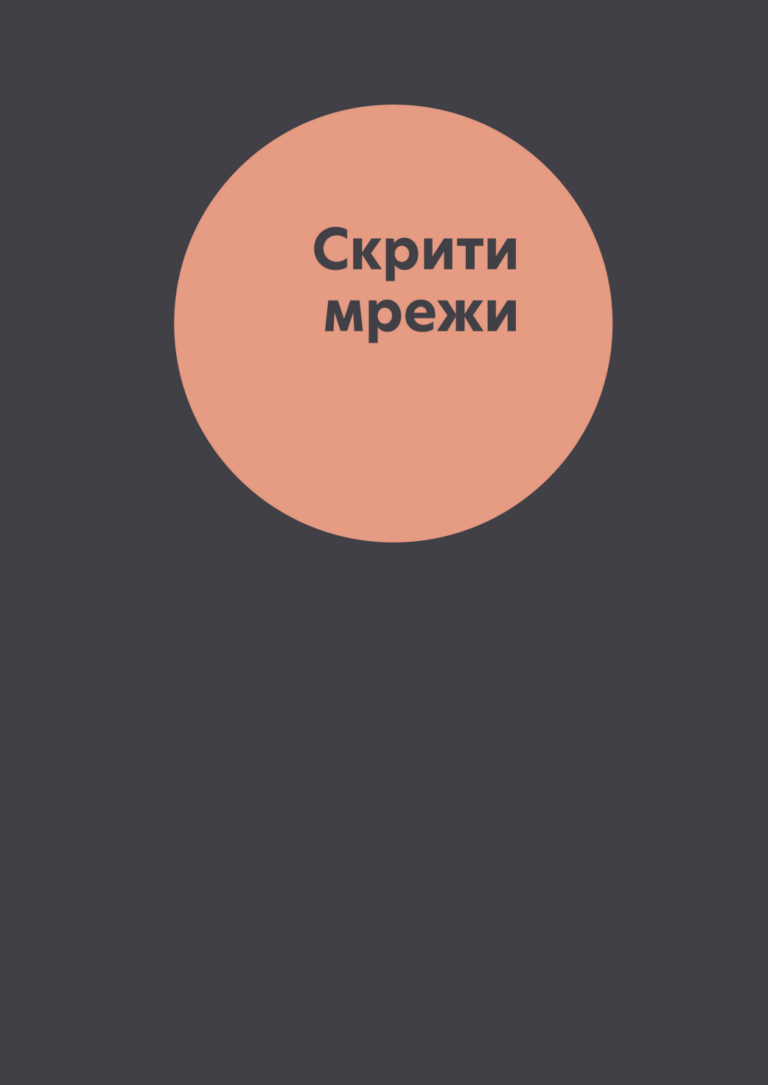Sample: Excerpt of contract between corporate supplier and its business partner
GuidanceExcerpt of a contract between corporate supplier and its Business Partner (Supplier, Recruitment Agency, Contractor).
Edited by Anniina Jokinen and Natalia Ollus.
Labour exploitation and trafficking can be seen as direct consequences of global inequality. Poverty, a lack of social or economic opportunities, disparities in income and the standard of living, oppression, violence, conflicts, instability and various other factors are driving people, including within the EU, to find better opportunities and possibilities. The demand for low-skilled, short term labour is large in particular in low-paid sectors and in seasonal work.
This tool describes the business model of human trafficking and labour exploitation outlining how different legitimate business structures may be used to hide and implement labour exploitation, and highlighting the links between labour exploitation, trafficking and economic crimes.
The aim of the tool is to raise awareness on the business model of labour exploitation; i.e. a model of making business which utilises methods that are legal, grey, and/or illegal. It focuses on various forms of exploitation of workers as well as associated economic crimes. The borderline between legal, grey and illegal forms of business activities is not always evident, but from the prevention perspective, it is important to interrupt also less severe forms of labour exploitation and economic crimes, rather than just focus on evident cases of trafficking for forced labour or serious violations.
The report is also available in Finnish, Estonian, Latvian, and Bulgarian– see below.





Excerpt of a contract between corporate supplier and its Business Partner (Supplier, Recruitment Agency, Contractor).
This report describes examples of methods used by Terre des Hommes, their partners around the world and other relevant stakeholders to address child labour successfully. Terre des Hommes reckons the methods described are appropriate for others to re...Read More
These present guiding principles are intended for use by state authorities and civil society bodies, as well as inter-governmental organizations in the OSCE region involved in developing, applying, evaluating and reforming national laws, policies an...Read More
The aim of the publication is to provide a summary of the risk assessment for the safety of victims of trafficking and for the safety of service providers. In other words, the aim is to shed light on ways to prevent compromising of the safety of tra...Read More